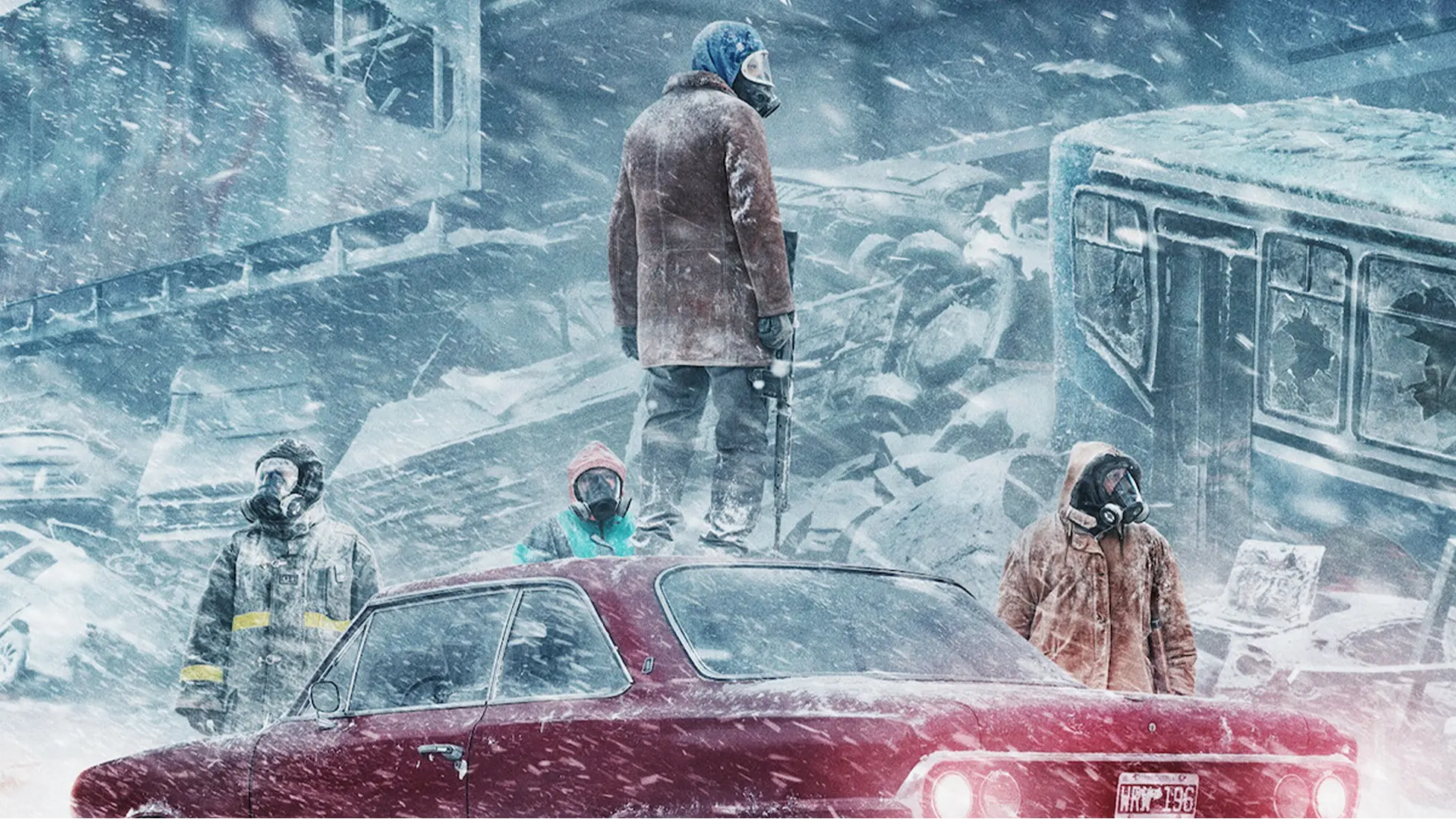Netflix quietly used generative AI in this scene in Eternaut, and no one even noticed
-
 ETERNAUT (2025).OFFICIAL POSTER Photo: ©Netflix / Courtesy Netflix
ETERNAUT (2025).OFFICIAL POSTER Photo: ©Netflix / Courtesy NetflixEternaut quietly made streaming history on April 30, 2025, when its six‑episode first season arrived on Netflix. The Argentine post-apocalyptic drama, created, written, and directed by Bruno Stagnaro and produced by K&S Films’ Diego Copello, Leticia Cristi, Matías Mosteirín, and Hugo Sigman, stars Ricardo Darín, Carla Peterson, César Troncoso, and Andrea Pietra.
Adapted from the landmark 1957 graphic novel by Héctor Germán Oesterheld and Francisco Solano López, Eternaut follows Juan Salvo and a band of survivors after a lethal “toxic snowfall” devastates Buenos Aires.
Hidden inside episode 6, titled Cold Tomato Juice, is a blink‑and‑you‑miss‑it shot of a downtown tower collapsing, visuals created entirely with generative AI.
Netflix says the effect, produced in partnership with Eyeline Studios, was delivered in roughly one‑tenth the time and at a fraction of the cost required by traditional workflows.
Viewers binge‑watching Eternaut never noticed, but the sequence now stands as the streamer’s first on‑screen GenAI footage.
How Netflix slipped GenAI into Eternaut without fanfare
During Netflix’s Q2 investor call on July 18, 2025, co‑CEO Ted Sarandos revealed that the creators of Eternaut wanted to portray a building collapsing in Buenos Aires, a visual effect that would have been beyond the project’s budget.
As per a Reuters report dated July 18, 2025, Sarandos said,
“That VFX sequence was completed 10 times faster than it could have been completed with visual traditional VFX tools and workflows,”
The shot appears at the 59:49 mark of episode 6 during a flashback montage. By prompting and refining the collapse with AI‑driven software, Eyeline Studios delivered a photorealistic crumble that required no reshoots or large‑scale miniature work, key for a series budgeted at roughly US$15 million.
As cited in the Reuters report, Sarandos framed the experiment as a proof of concept:
“an incredible opportunity to help creators make films and series better, not just cheaper.”
Why the GenAI sequence matters for Eternaut and beyond
Eternaut already carried cultural weight: the comic is considered a staple of Latin American science fiction, and Stagnaro spent years securing approval from Oesterheld’s estate to film in Spanish on Argentine soil.
Stagnaro told TIME in April 2025, as per their report dated May 1, 2025
“Narratively speaking, The Eternaut brings together very different elements that coexist,”
Citing the pressure of adapting, he added,
"It was also difficult because it’s a work with a huge legacy, a heavy weight, and high expectations, especially here in our country."
The AI‑assisted collapse helps the show depict large‑scale devastation without inflating costs, demonstrating how GenAI could let modest‑budget international dramas compete visually with blockbuster series while staying faithful to local settings.
The move also reignites an industry debate.
Hollywood unions won guardrails on AI during the 2023 strikes, yet the Eternaut example shows studios will keep testing automated tools wherever contracts allow.
Netflix insists that no artists were displaced, Eyeline’s technicians remained in the loop, but labor groups have flagged the development as further evidence that GenAI is edging from experimentation into everyday production.
What to expect next for Eternaut and Netflix’s AI ambitions
Following strong global viewership and a 95 % Rotten Tomatoes critics score, Netflix renewed Eternaut for a second and final season, with Stagnaro returning as showrunner.
The streamer says it will continue using generative AI in pre‑visualization, shot planning, and select VFX to keep season 2 on schedule for late 2026.
Meanwhile, co‑CEO Greg Peters told analysts that the same technology could soon power voice‑guided content searches and dynamic ad creative on the platform.
For now, the GenAI shot in Eternaut remains a curiosity, easy to overlook yet symbolic of changing production economics. To see it firsthand, load episode 6, titled Cold Tomato Juice, jump to 59:49, and watch the high‑rise crumble.
It lasts barely two seconds, but its implications for how Netflix and perhaps the entire industry builds future worlds are likely to endure.
Stay tuned for more updates.
TOPICS: Eternaut, GENERATIVE AI